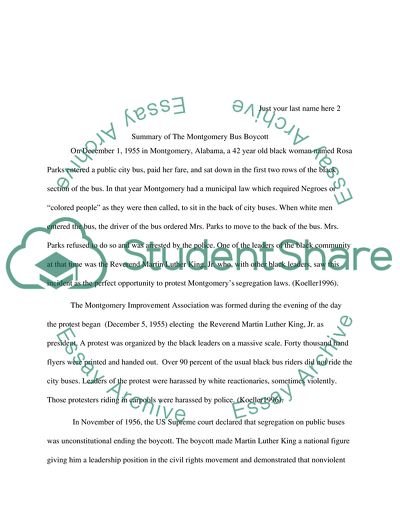Cite this document
(The Montgomery Bus Boycott Critique Essay Example | Topics and Well Written Essays - 1250 words, n.d.)
The Montgomery Bus Boycott Critique Essay Example | Topics and Well Written Essays - 1250 words. https://studentshare.org/social-science/1751959-american-history-the-white-and-black-press
The Montgomery Bus Boycott Critique Essay Example | Topics and Well Written Essays - 1250 words. https://studentshare.org/social-science/1751959-american-history-the-white-and-black-press
(The Montgomery Bus Boycott Critique Essay Example | Topics and Well Written Essays - 1250 Words)
The Montgomery Bus Boycott Critique Essay Example | Topics and Well Written Essays - 1250 Words. https://studentshare.org/social-science/1751959-american-history-the-white-and-black-press.
The Montgomery Bus Boycott Critique Essay Example | Topics and Well Written Essays - 1250 Words. https://studentshare.org/social-science/1751959-american-history-the-white-and-black-press.
“The Montgomery Bus Boycott Critique Essay Example | Topics and Well Written Essays - 1250 Words”. https://studentshare.org/social-science/1751959-american-history-the-white-and-black-press.


